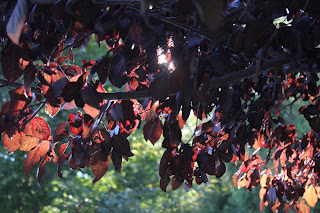Not only does the amount of light exposure affect the human
body but also the positioning of the light can affect it just as much.
Chronobiology is described as “the influence of light exposure on human
physical and mental health” (p.1) according to Doctor Eve Edelstein.
The effects light has on the body can be both positive and
negative. When dealing with health care facilities, it is vital to have access
to both natural light as well as darkened conditions. Natural light from a
window or skylight can help immensely with recovery of a patient but there must
also be provisions put in place to support complete darkness as well for the
wellness of sleep and rest for the patient.
Much research on circadian rhythms has suggested that light
changes help us transition from wakefulness into sleepiness. Light alters our melatonin. This
hormone “increases in darkness” (Edelstien.1) helping to promote sleep through
the absence of light.
Lights effect on health has “demonstrated significant
cardiac changes under different light conditions” (Edelstein.5) such as
exposure, but we as humans can also be affected by different types of light as
discussed in the article “calibrated by wavelengths of light.”
Exposure to different wavelengths of light such as blue
wavelengths or red wavelengths can affect our learning. Scientist from the
Center for Chronobiology at the University of Basel tested this theory and
found that people who were exposed more to blue wavelengths of light “scored
higher on tests of memory and cognition.” (Beil 2). This has a huge connection
to regions and environment.
As I previously discovered that we learn and experience
light through region and environment, the types of light that occur in those
environments also can affect us. Those who are exposed to more daylight hours
tend to have better quality of life.
Alaska Days v.s. Bermuda Days


